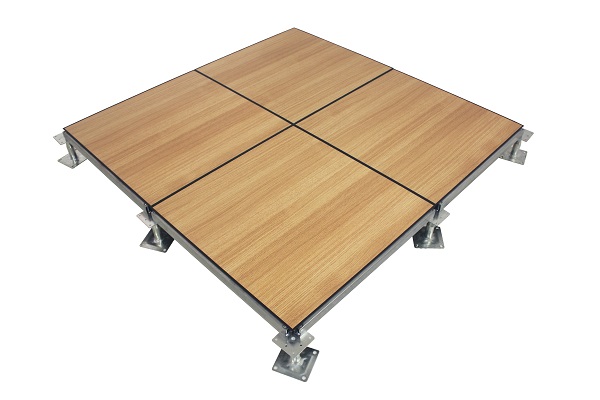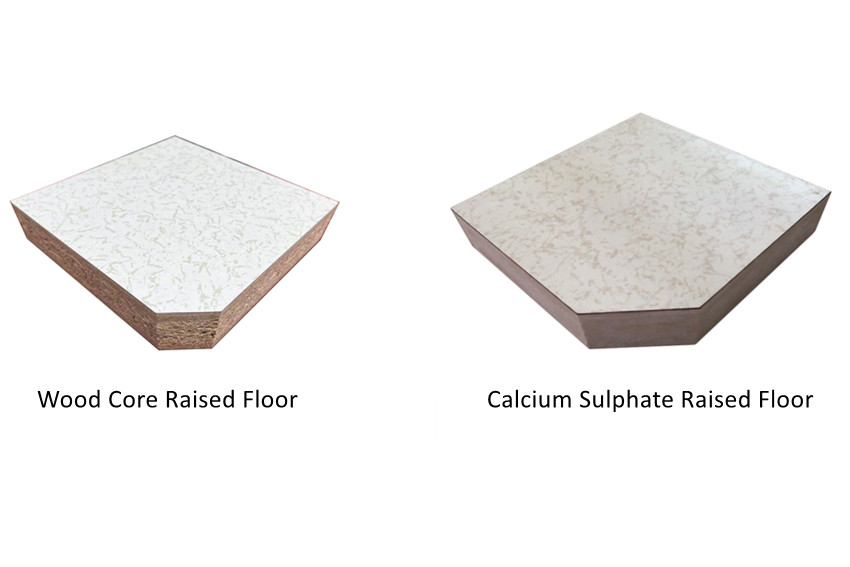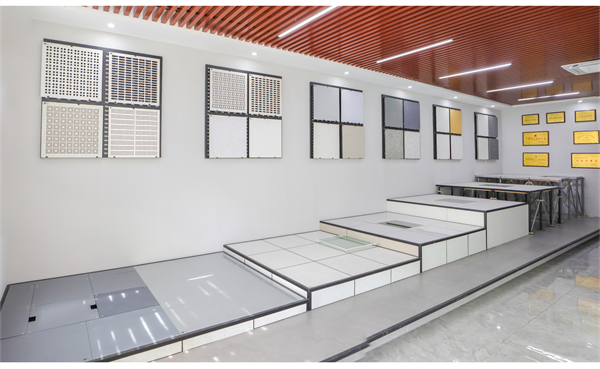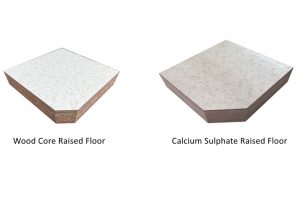
Tag: raised access floor
HOME » raised access floor

Different Raised Floor Coverings- What is The Best!
Raised floor coverings are increasingly becoming famous among customers. Their extensive utility for commercial spaces have enhanced their demand and also made people conscious about various aspects of it. The technology deployed in these raised floors offers extensive advantages. Raised floors are highly sturdy as well as light in weight. The surface of the raised floor is even and the exclusive texture makes it worth the demand. Not just for utility, but these floor systems are apt for having a decorative appeal as well. Though, one of the main things you want to know about is the raised floor with different coverings. Different coverings indicate the outer body of the raised floor panels that offer it the outer finish. Here are some of the types of coverings you can consider. Flooring With Laminated Tiles/Flooring The laminated covering for raised floors are highly diverse in terms of patterns. Even the cost

Raised Access Floor: What you need to know!
The raised access floor is an indispensable item in any data center project. These environments require the ability to handle a large number of data cables, electrical power cables, and cooling systems. Data centers without raised floors perceive as incomplete as they can make maintenance difficult and inflexible adaptations resulting from technological advances or expansion. Why install a raised access floor Some projects need to channel a large number of facilities and systems to act. Others need spaces of different heights according to their different uses. To achieve these objectives without having to make the building cut more complex, it is possible to incorporate Raised Access Floors. It is forming from a system of modular panels mounted on pedestals or adjustable jacks. In addition to easily absorbing the unevenness of the floor, improving the insulation and acoustic qualities between levels, and facilitating the revision of the installations. The raised access









